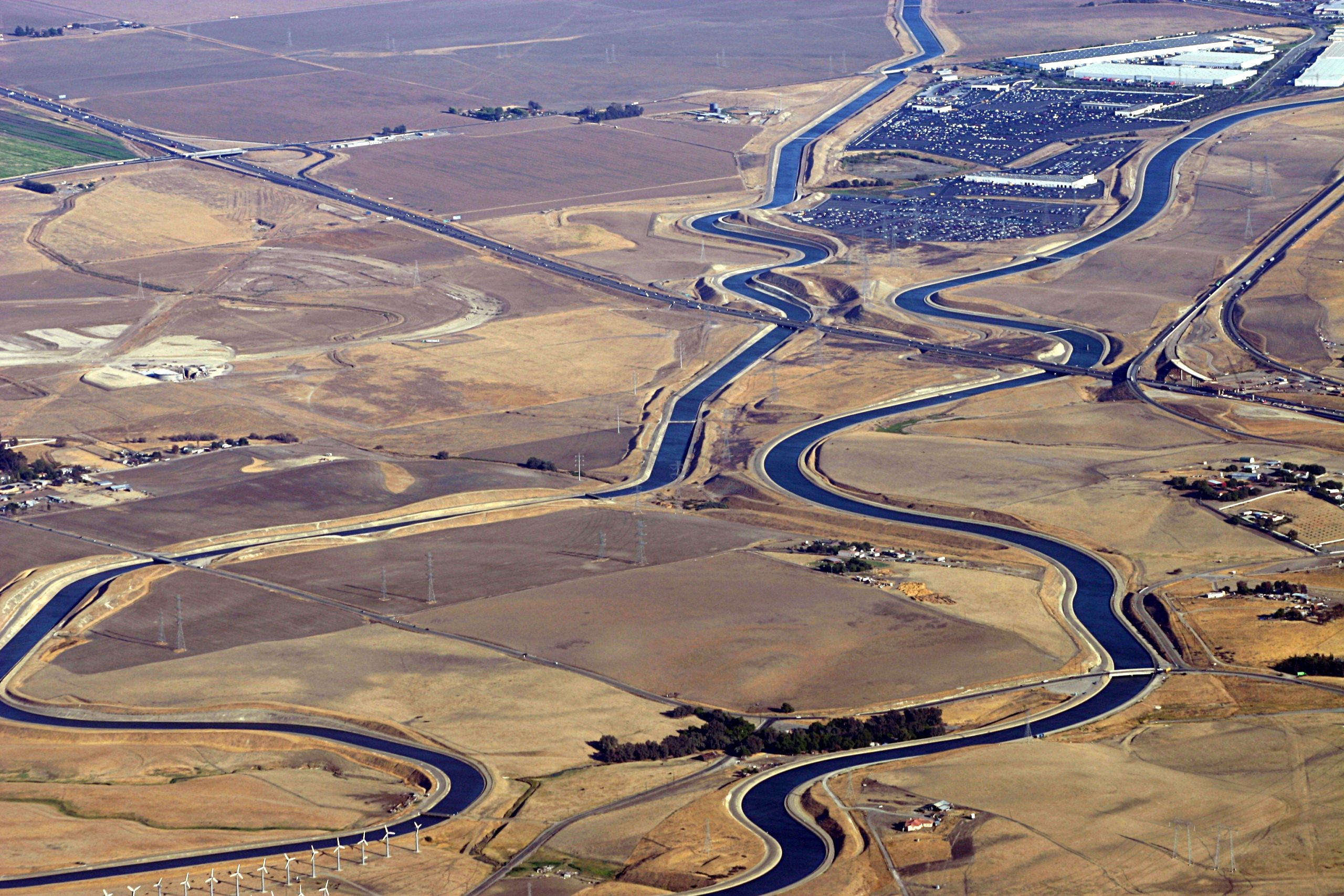
“Groundwater science is taking on a new urgency as California and other regions around the world face growing threats from drought—and are increasingly drilling wells to make up for missing rain and snow. Globally, aquifers are “highly stressed” in 17 countries that hold one-quarter of the world’s population, according to the World Resources Institute. Water and food supplies for billions of people are under threat.
“California is a case study in the challenges of protecting those resources.”
* * *
“To slow the rate of depletion with less pain, a few districts are counting on proven methods for recharging aquifers. For decades, some water districts have filled dedicated ponds in wet years so that the water percolates into the ground. Others flood farm fields when water is plentiful. Vineyards can tolerate spring flooding, and some crops, like alfalfa, do well with flood irrigation. Building culverts and berms to move and hold the water can be expensive, however. In urban areas, where land is scarce or the upper layers of sediment or rock aren’t very permeable, officials pump water into the ground instead of removing it.
“To expand such practices, researchers have been searching for areas ripe for recharge, based on factors such as soil type, land use, and aquifer geology. A UC Davis team identified 1.5 million promising hectares by reviewing existing data, they reported in California Agriculture in 2015. Some of the best places are valleys, now buried, that once existed in the Central Valley and were filled with coarse sediments during the last ice age. These sweet spots may be able to drain 60 times as much water as average sites . . .”
Read the full article by Erik Stokstad in Science, 16 April 2020.





